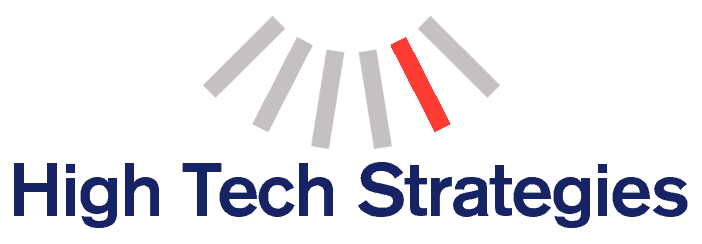Another example of imbalance: when you see an article that says “the market for AI technologies appears to be struggling, with a recent global survey finding no increase in AI adoption in the enterprise,” [2] you can be fairly certain that slowing adoption is the result of the cost being too high or the benefit being too low…or both.
Cost comes in many forms and goes by many names — friction, pain, learning curve, resource-demand, etc. Because startups are not very good at reducing cost, the focus has traditionally been on increasing benefits…typically through the addition of advanced features. But when you find a way to let a pandemic amplify your benefits for you, you’ll be in great shape.
Accelerate Adoption by Lowering Cost
Making an innovation easier to adopt is the most effective way to reduce cost. Typically, that means fitting your innovation into systems that are already in place, and avoiding disruption whenever possible.
Most of us think of Thomas Edison as the disruptive inventor of electric power. But if you look closely, you’ll see Edison had an expert understanding of both technology adoption and cost-benefit alignment.
Edison’s first public demonstration of his incandescent light bulb was on December 31, 1879. And in 1882 Edison dramatically accelerated the adoption of electric power and light by using specific techniques designed to reduce both cost and disruption.
Most people don’t realize that Edison’s strategy for accelerating the adoption of electric light was initially based on minimizing cost and disruption. Since gas lamps were the dominant method of indoor lighting, Edison designed his electric lights to look and operate almost identically. His initial electric lights provided 13 watts of light, almost the same as the 12-watt gas lamps he wanted to replace. The new electric lamps looked almost exactly the same as the gas lamps he was replacing.
Recognizing that many commercial and residential landowners in New York had invested considerable capital in gas infrastructure to light their buildings, Edison also chose to run his first electrical wires through existing gas lines, fitting directly into the system people already understood for the delivery of light.
Edison’s technology was new, but the form and function were decades old. In fact, Edison’s strategy of adapting his technology to systems people were familiar with, and minimizing disruption of the customer’s habits, led to accelerated acceptance and adoption.
Cost Benefit Analysis Revisited
Even though it makes life easier for startups, my hope is the pandemic won’t last forever. So, it’s also important to know how to navigate the cost-benefit landscape during normal times, which will increase product adoption. And fortunately, strategy tools are available to help with this task.
Your product’s value to the customer is established by its cost-benefit ratio. And the cost-benefit ratio your customers demand is a moving target. Most startups are aware of how to increase the benefit their product provides, but few consider the cost component of their value equation.
Brand new products often provide customers with very high gains or benefits, but come at a very high cost. This explains why early adopters are the only buyers of new innovations and technologies. Early adopters accept high cost and high risk in order to get exceptional benefits.
Herein lies the challenge for your new product or innovation. The cost-benefit ratio that is acceptable to your customer changes over time. And you must always be in alignment with the changing value expectations of your customers.
[please refer to the cost-benefit line in this interactive infographic]
To maintain cost-benefit alignment and maximize product adoption, follow these rules:
1. After early adopters, update your product so it can deliver application-specific benefits while requiring only modest discomfort or cost. That means delivering a complete solution with no missing pieces along with support services.
2. Follow that with a higher-performing product (not necessarily very high) with a very low cost of adoption. Continue to lower perceived cost by adding extra support or training services, or even standards certification. Increase familiarity by selling through channels that are familiar to the end-user.
3. And finally, continue to serve maturing markets with increasingly modest gains going forward while constantly lowering the pain associated with adopting them. Because price becomes the primary selection criteria, use transactional selling and optimize your discounting program.
Conclusion
Many startups and emerging high-tech companies are trying to pivot, or look for growth, or find ways to get through to scale. Unfortunately, the opportunity to leverage the COVID crisis and amplify the benefit side of product value is no longer guaranteed.
As the boosting power of COVID fades away, it’s very important for all companies to re-focus their efforts on the concept of value as perceived by the buyer and end-user. It’s time for product champions to step up and replace the benefit boost provided by the COVID crisis. That means using proven methods to reduce risk, pain, or the cost of adoption… and keeping your cost-benefit ratio aligned with people in your target market.




